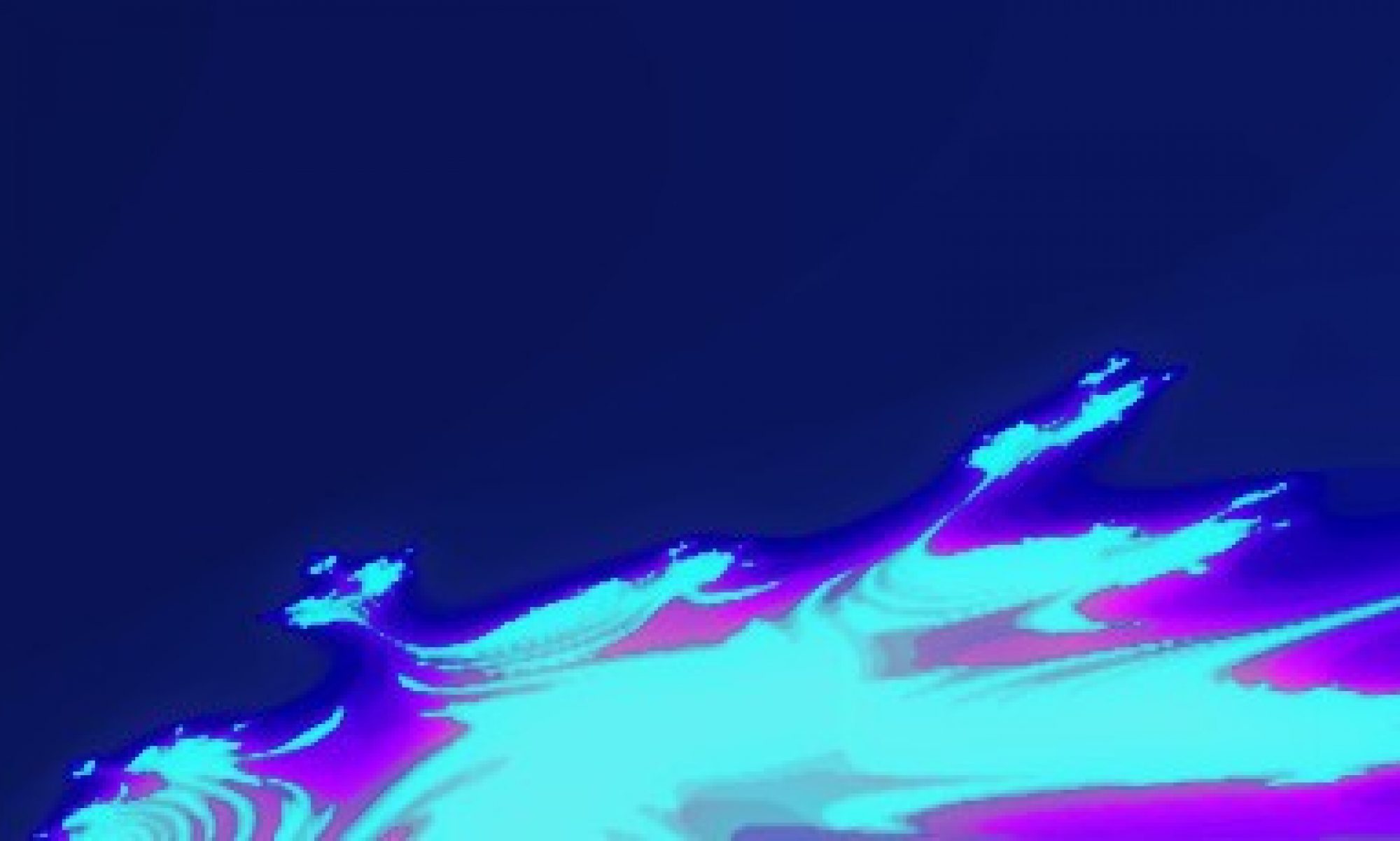Up until now I’ve been using mostly minor scales on this series, but this is becoming boring, specially with all the nice, warmer summer time getting closer. So I decided to move on to the Major Scale. This was a four-track recording, two of them made with the Streichfett being controlled from the SQ-1. There was little intervention from my part (apart from programming the melodies in the SQ-1) so I didn’t record any video from those two sessions. The other two tracks (which were recorded to make the video part) were done using the MicroKorg.
A few things happened when making this track. For once, I decided to use the Solo section of the Streichfett, which I’ve been neglecting since ever. I also when forward to program something that reminds me of Tomita’s work (although I cannot point exactly when he used it): a noise-resonant filter patch for the microKorg. I also recorded all four track “dry”, so all the audio FX (delays, reverbs) were done in the DAW using Calf Plugins (EQ and vintage delay) and also the very interesting TAP Reverberator (also a free and open source plugin). I noticed the compressor at the end of the sound chain was destroying the attack transients of the Tomita patch, so I replaced it for the Calf Saturator. I think the end result is much more full-bodied than the Compressed version, but I’ll leave that to your better judgement.
Oh… I also changed my audio references for mixing and mastering… I hope the sound is now more balanced.
As usual, the audio for this video was recorded and mixed using Ardour, and the final video was assembled using KdenLive, on an Arch Linux machine.
